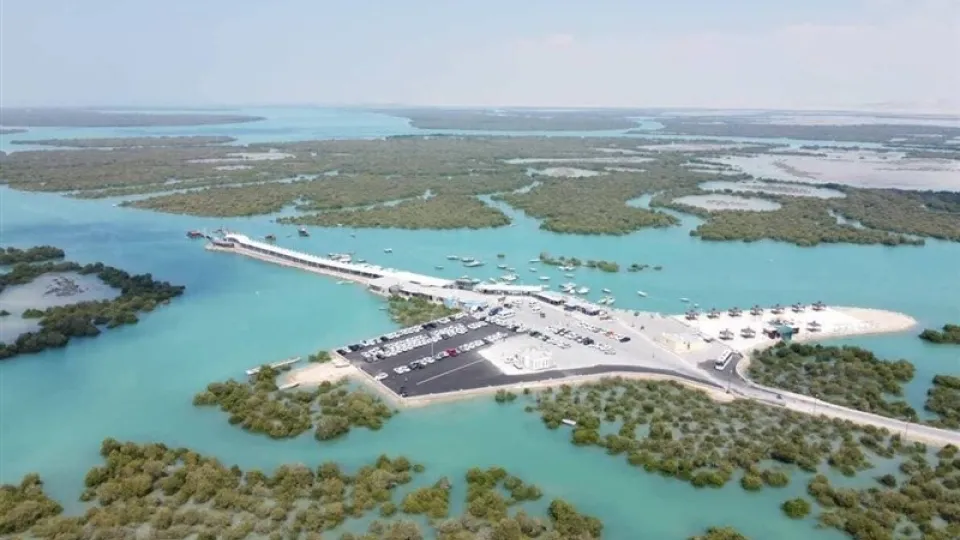
Tourist Village “Soheili” in the Persian Gulf Achieves Global Recognition
Three outstanding villages of Iran—Soheili in the heart of the Persian Gulf, Shafiabad in the Lut Desert, and Kandolus in the Hyrcanian forests—have, for the first time simultaneously, been inscribed among the world’s best tourism villages.
According to MANA News Agency, as announced by the Minister of Cultural Heritage, Tourism, and Handicrafts yesterday, three remarkable Iranian villages—Shafiabad in the Lut Desert of Kerman, Kandolus in Mazandaran, and Soheili on Qeshm Island—have been registered by the World Tourism Organization as the top rural tourism destinations globally.
Seyed Reza Salehi-Amiri stated that this selection reflects Iranian wisdom in sustainable development, heritage preservation, and community participation in shaping the nation’s future. Speaking about the village of Soheili, he said:
“Soheili is the star of the Persian Gulf and a symbol of green tourism. The people of this village have created the first model of wetland-based ecotourism in the Persian Gulf founded on environmental principles.”
According to him, the residents, by replacing low-noise floating pavilions instead of motorboats, have protected the mangrove forests as a globally recognized biosphere reserve. Women and children have cultivated mangrove seeds at home and planted thousands of saplings. Today, Soheili has not only become a destination for star observation and nature tourism but, with its seafood restaurants, local markets, and culinary festivals, it has also become the gastronomy capital of southern Iran.
Regarding the village of Kandolus, the minister said:
“Kandolus, located on the slopes of the Alborz Mountains within the Hyrcanian forests, is an example of cultural tourism and community-based management. This four-thousand-year-old village has preserved indigenous heritage and knowledge, empowered the local economy, and created a global model for integrating culture, science, and art with sustainable development.”
Speaking about Shafiabad, he added:
“Shafiabad is a symbol of the empowerment of Iranian women at the heart of the Lut Desert. Women in this village, by forming cooperatives, began producing handicrafts and local goods, allocating part of their income to revive qanats and dried orchards. Today, with the management of guesthouses, desert tours, international eco-camps, and hosting the global Lut Desert Marathon, Shafiabad has become the center of desert tourism in Iran and the world.”
Salehi-Amiri emphasized:
“The inclusion of Soheili, Kandolus, and Shafiabad among the world’s best tourism villages demonstrates that in its three diverse natural regions, Iran presents a model of sustainable living, dynamic heritage, and people-centered tourism. These three villages are three chapters of the book of Iranian identity—a book written in the language of respect for nature, community solidarity, and Iranian wisdom.”
